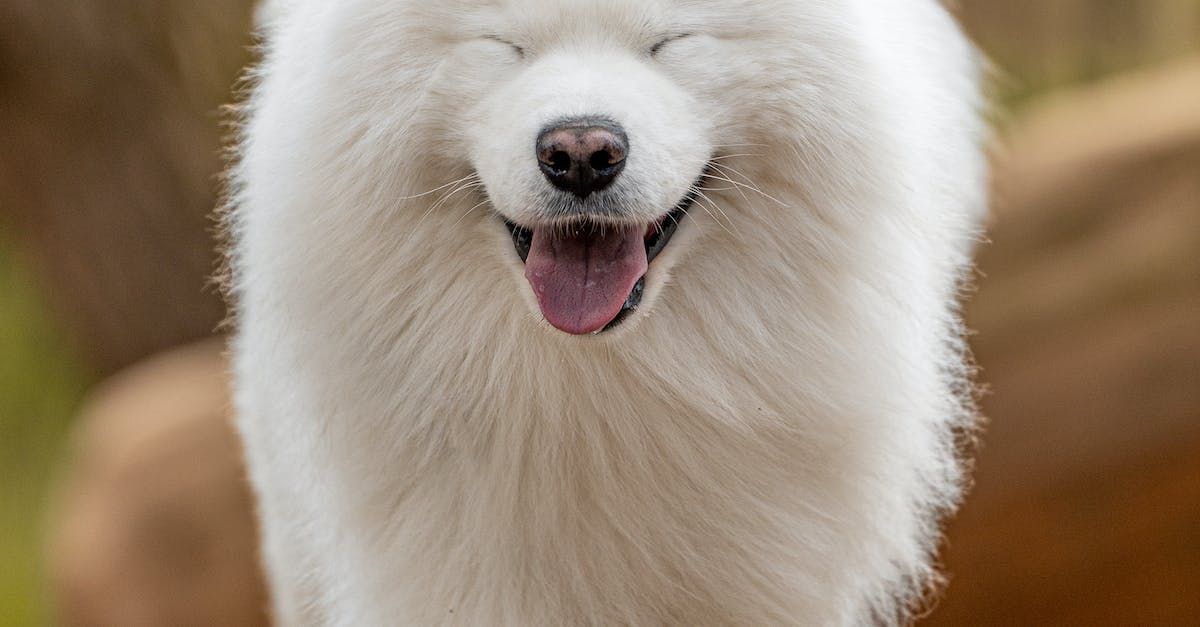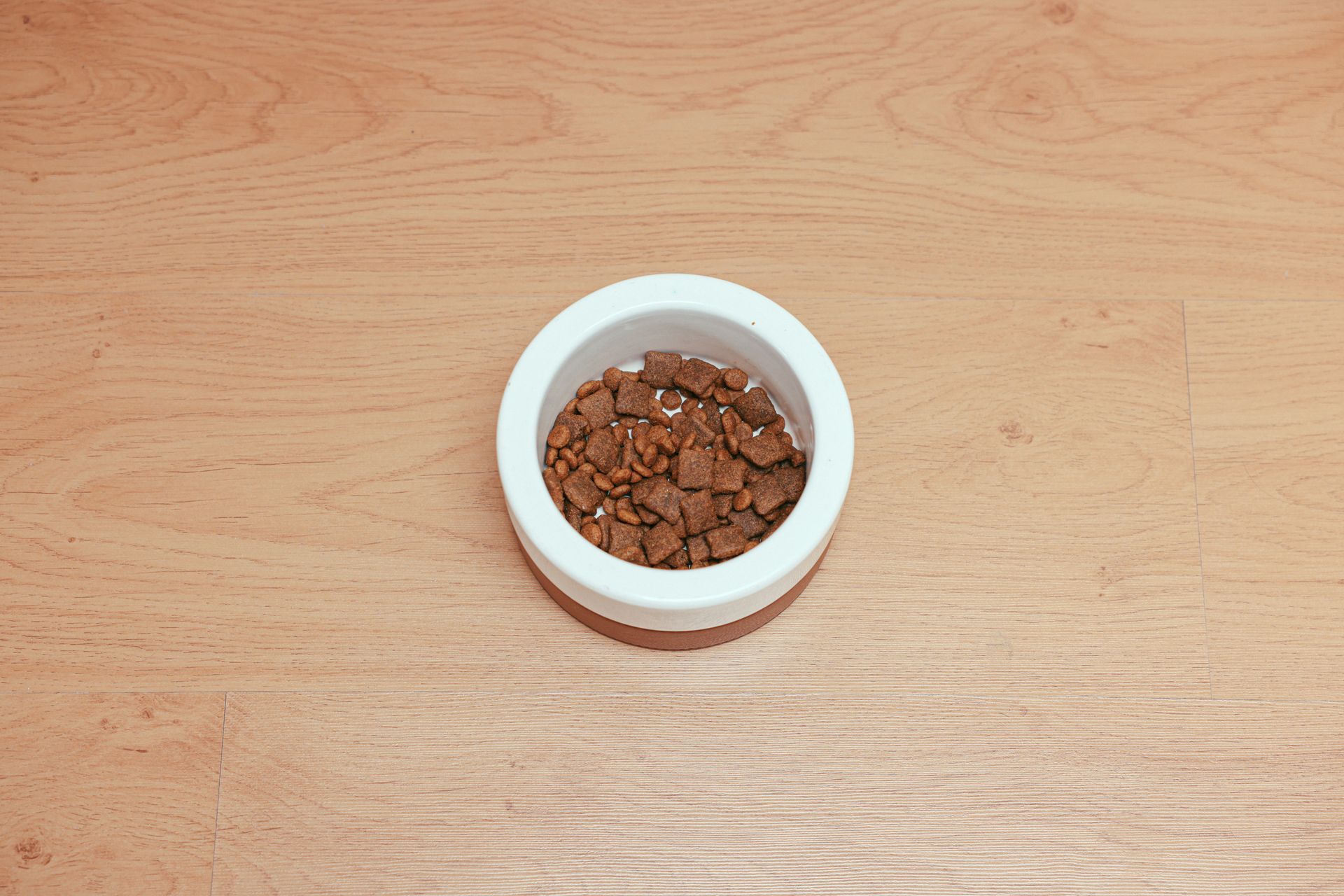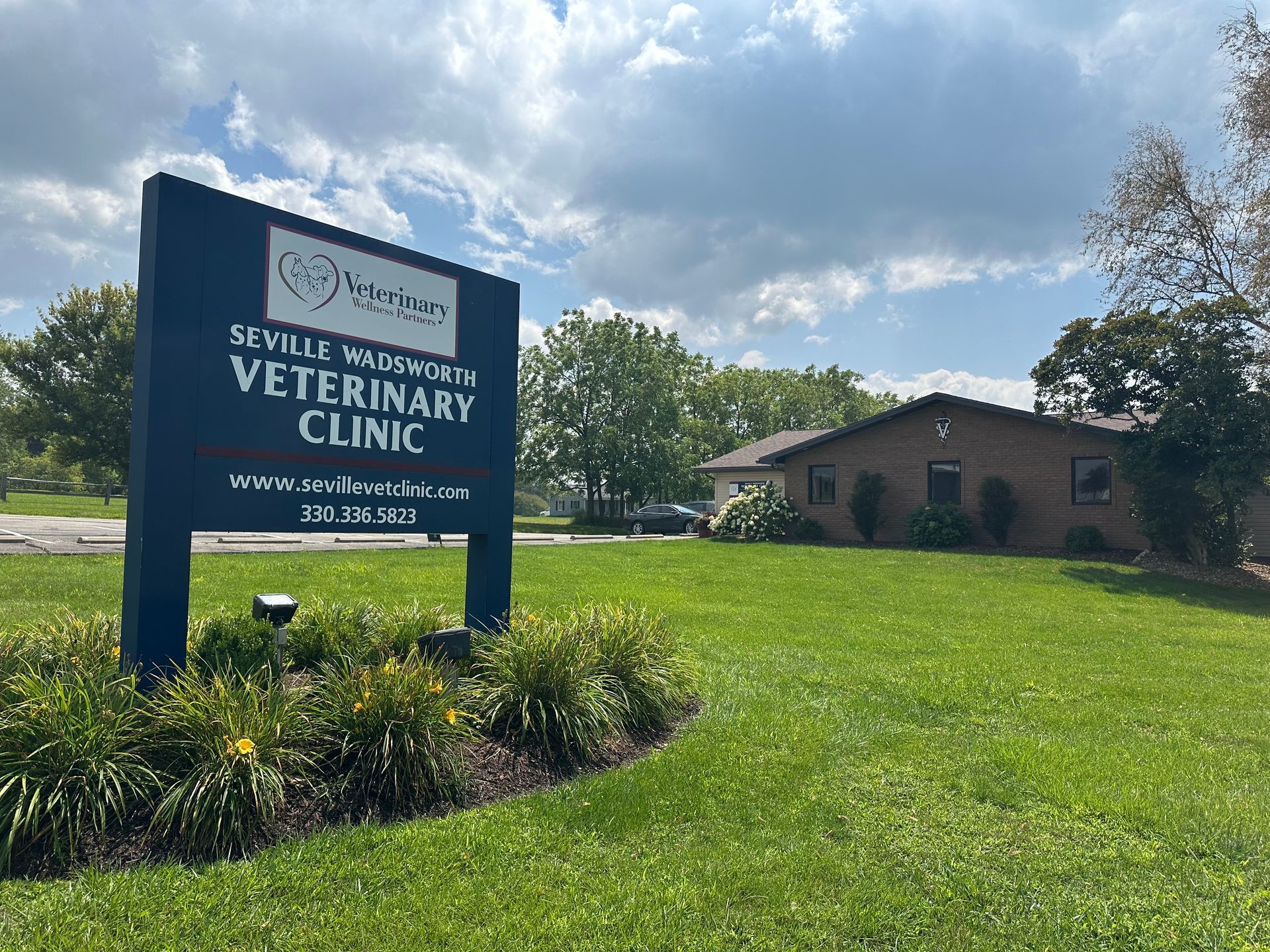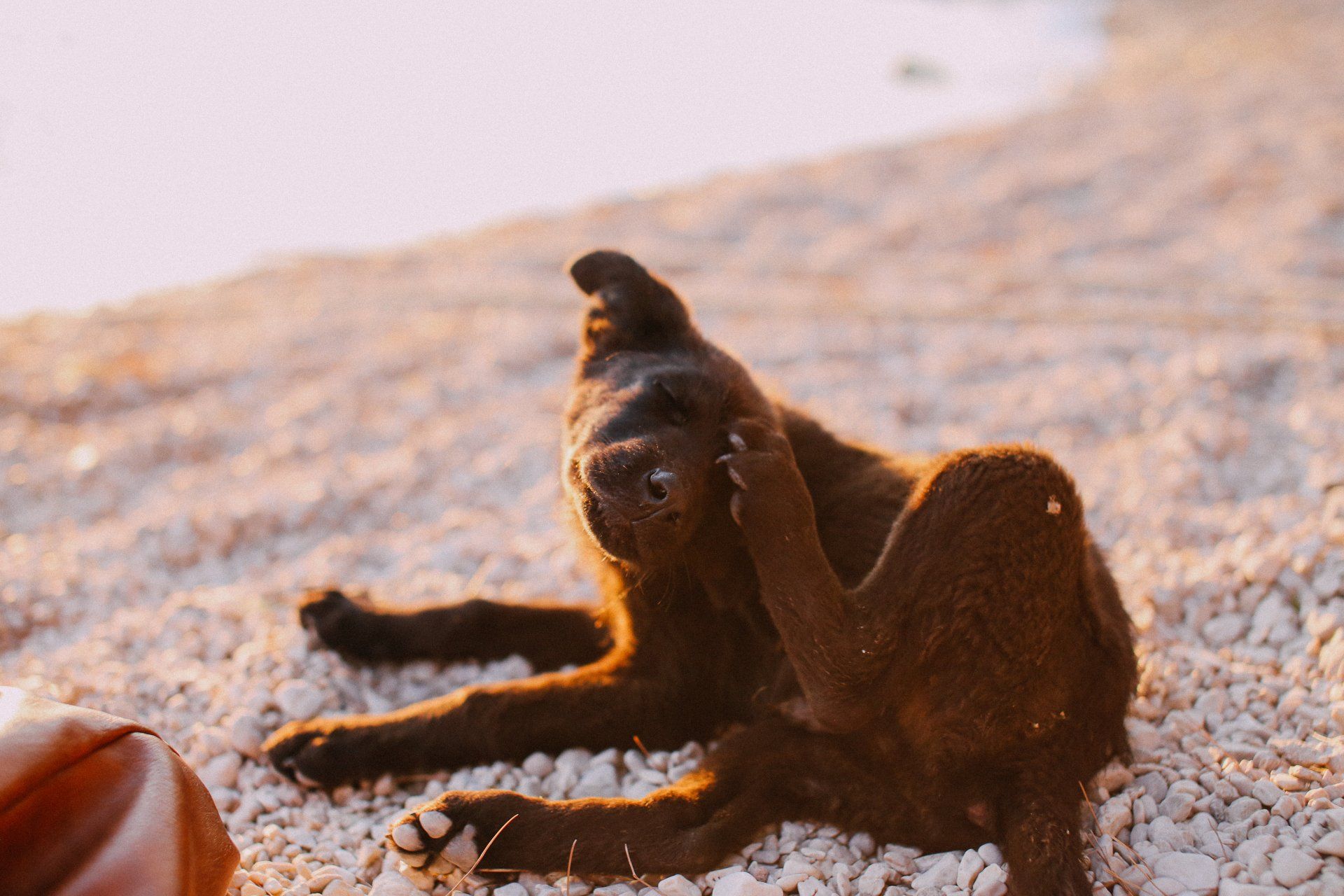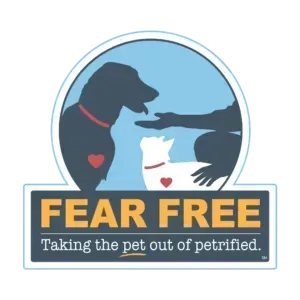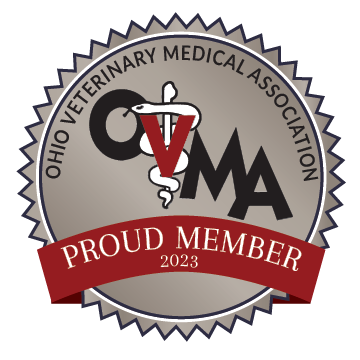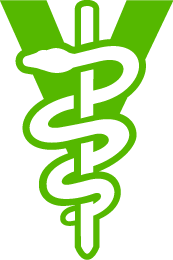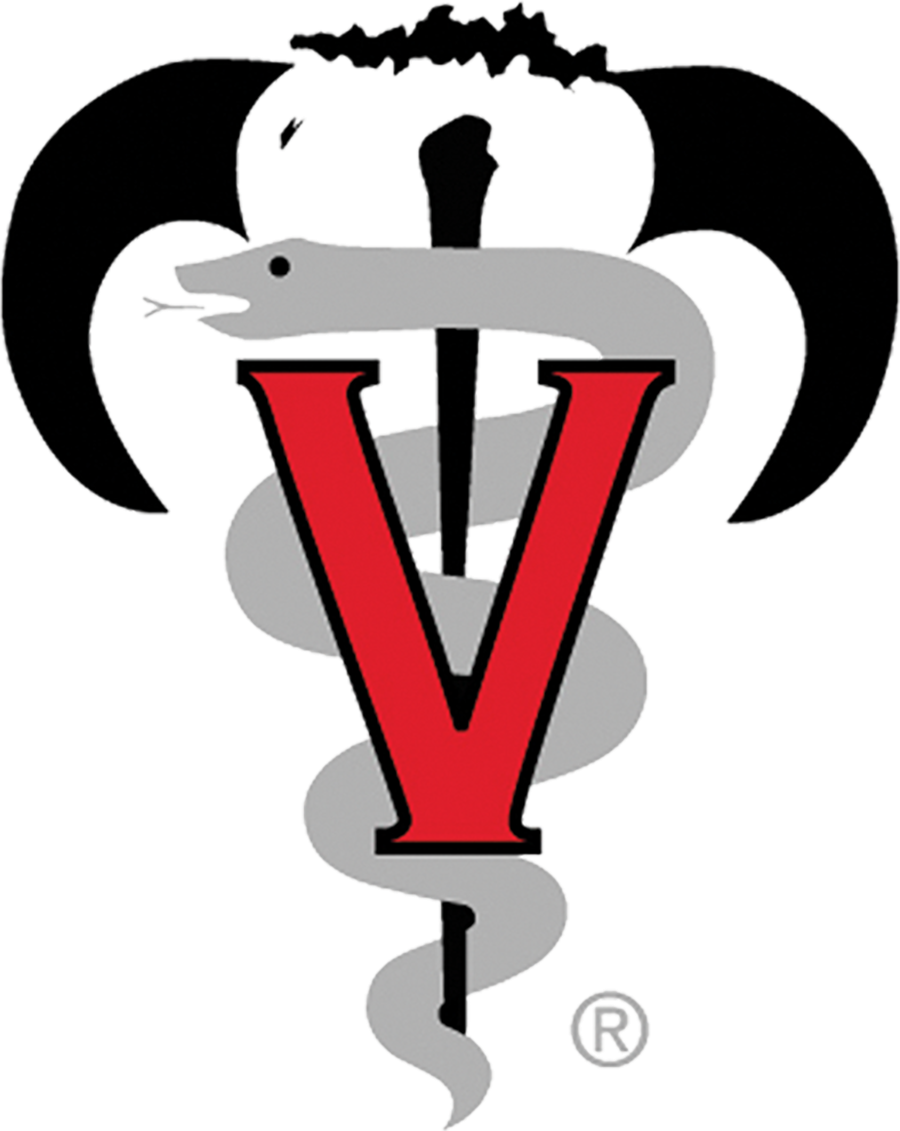What happens during a spay
Many people own pets and are familiar with the term spay (often mistaken as the word: Spading or spaded). There are some misconceptions about what a spay procedure actually is and what it involves. To begin with, the term "Spay" is the common term for the procedure that is used to sterilize a female pet. This procedure, or surgery, makes it so they are not able to breed and do not go into heat. The procedure is more technically termed and ovariohysterectomy. It is similar to a hysterectomy in women, with the difference that the ovaries are removed along with the uterus.
Here is a description of a spay procedure.
We begin with an injectable anesthetic to get the patient prepped for surgery. Once our patient is anesthetized, we place a breathing tube (intubate). Our patient is then connected to an anesthetic machine and administered oxygen, along with a gas anesthetic. We then clip the surgical site and begin fluids in the vein. Once the patient is prepared and draped, the veterinary surgeon makes a small midline incision just behind the umbilicus (think belly button). The linea alba (a region where the abdominal muscles come together) is also incised to allow entrance into the abdomen. We locate a portion of the uterus, which is shaped kind of like a wishbone. Once we locate the uterus, we trace one of the horns up to the point of the pedicle, which attaches the ovary to the body wall. We then clamp off the pedicle (with its large blood vessel) and place two ties (sutures) on it. We repeat this on the opposite side of the uterus. Once both ovaries have been removed, the surgeon traces the uterus back toward the tail and locates the uterine body and the cervix. A hemostat is placed just in front of the cervix and the uterine body is sutured (ligated or tied off). Once we have removed the uterus and both ovaries, we place sutures on the abdominal wall and muscles. We then close the extra tissues and the skin.
Each spayed female should be confined to limit exercise for about 2 weeks following the surgery. Healing is typically remarkably fast, with 90% of strength achieved at 10 days after the surgery. We usually remove the sutures (aka stitches) two weeks after the surgery. We also inspect the surgery site at that time to monitor the healing progress.
Orrville Veterinary Clinic prides itself in adhering to the most up to date standards of veterinary care. This is reflected in our commitment to the voluntary AAHA standards that we must achieve every year in order to be accredited as an AAHA clinic. Not all clinics administer intravenous fluids and mandatory pain medications to their surgical patients. It is our privilege to serve you and your pets with the best of care in our area or Orrville, Rittman, Wooster, Kidron, Apple Creek and the surrounding areas. We are one of three AAHA accredited veterinary hospitals in Wayne County.
You may click here for another article regarding the Spay procedure. This one is entitled Myths About Spaying and Neutering .
Article by Dr. Jeffrey R. FInk
